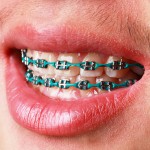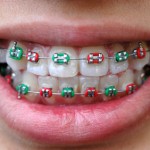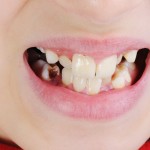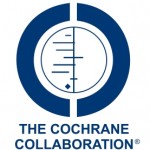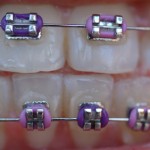
A number of new critical summaries have been made available on the ADE-EBD website of the past few weeks. The first is an appraisal of a 2010 review by Martínez-Maestre et al. that looked at the association between dental bone loss and systemic osteoporosis. The reviewer highlighted that this was a weak review of observational [read the full story…]


